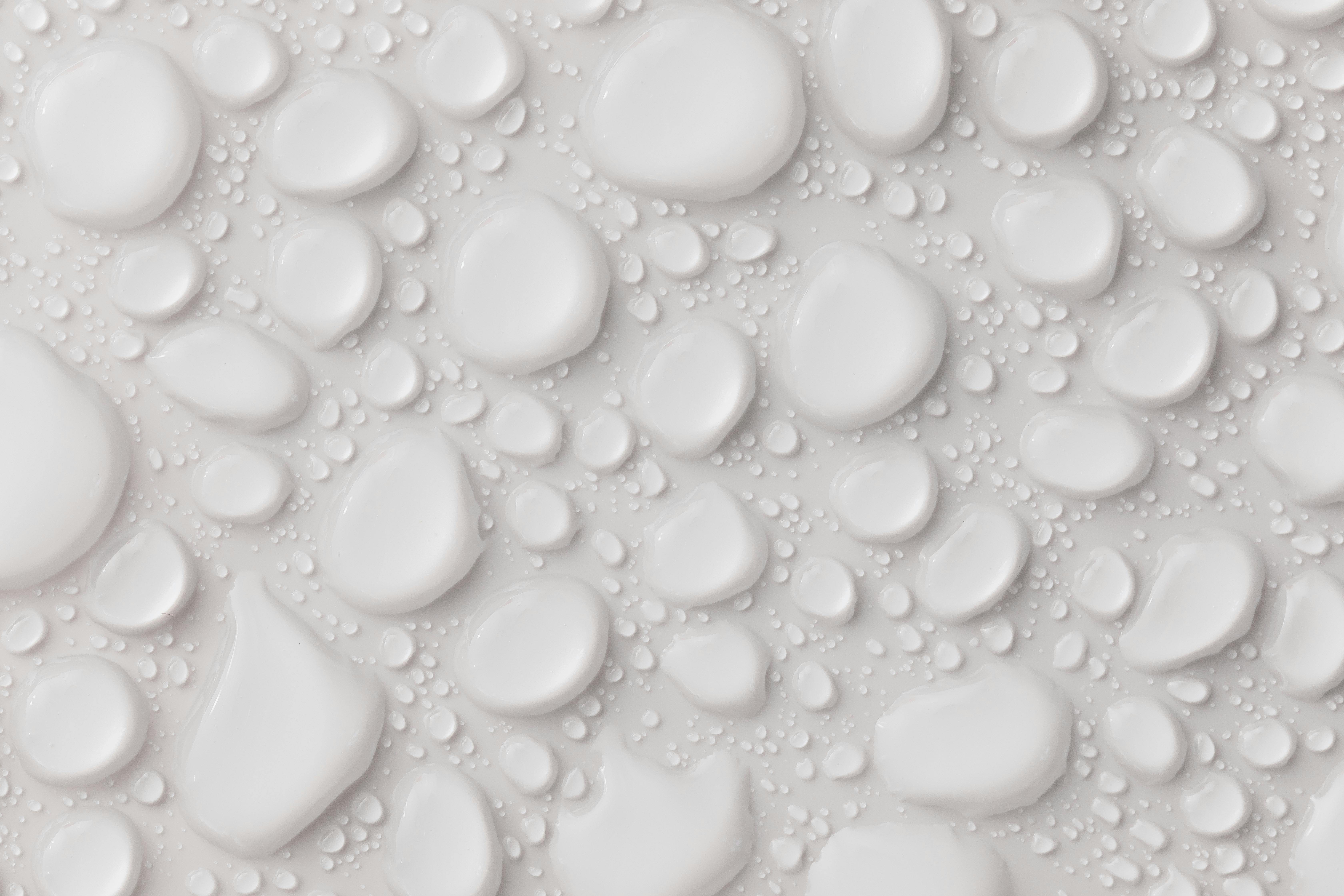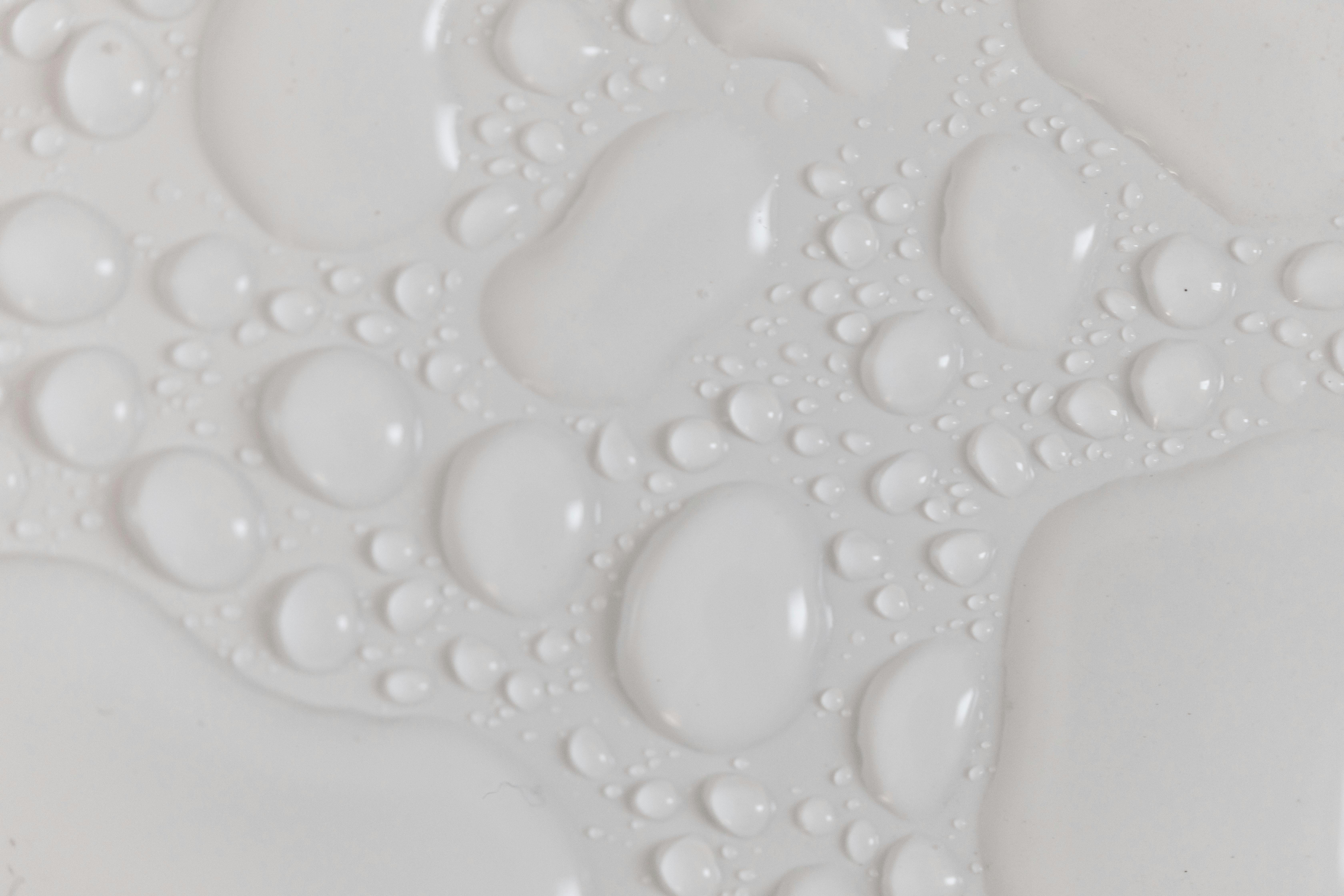Understanding the difference between purified water and distilled water can help you decide which type of water is best for your needs. Purified water is any water that has been treated to remove impurities and contaminants, while distilled water is water that has been boiled into vapor and then condensed back into liquid form. Both types of water are free of microbes, but they can contain different levels of other chemicals depending on the purification process.Purified water is water that has been processed to remove contaminants, such as bacteria, viruses, and inorganic and organic compounds. Purified water is also known as “demineralized” or “deionized” water. It is commonly used in medical and scientific laboratories, as well as in food and beverage production.
Distilled Water
Distilled water is water that has been boiled and the steam condensed back into liquid form. It is free from most dissolved minerals and salts, making it a pure and healthy form of drinking water. Distillation removes contaminants such as lead, mercury, bacteria, viruses, and chemicals from the water. This type of water is often recommended for use in medical settings and for those with weakened immune systems. It is also used in many industrial processes where pure water is necessary for optimal performance.
The process of distillation begins by boiling the water until it becomes steam. The steam is then collected and cooled until it condenses back into liquid form. This liquid is now free from most contaminants and ready to be used or consumed as drinking water. The process of distilling can also be used to separate various chemicals from one another or to remove certain components from a solution.
Distilled water has many advantages over other types of drinking water including its purity, lack of mineral content, and its safety to consume. It can be purchased in bottles or made at home using a distillation machine or device. Although distilled water may not taste as
Purified and Distilled Water
Water is essential to all life, and its quality is of utmost importance. Two commonly used methods of treating water for human consumption are purification and distillation. While both processes produce clean water, there are key differences between the two. Purification involves removing impurities such as bacteria, chemicals, and sediment from water through filtration or chemical treatments. Distillation involves boiling water until it vaporizes and then condensing the steam back into liquid form. The end result of distillation is a higher purity level than that achieved through purification, as it removes almost all dissolved solids from the original water source.
One major difference between purified and distilled water is the presence of minerals in the final product. Purified water typically retains some minerals from its original source, while distilled water does not due to its boiling process. This can affect taste as well as the mineral content in drinking water. Those who drink purified water may be ingesting some minerals that they would not get from drinking distilled water. On the other hand, those who consume distilled water may need to supplement their diet with minerals since they are not getting any from their drinking
Purified and Distilled Water Manufacturing Process
The process of manufacturing purified and distilled water involves several steps that are essential to ensure that the final product meets the required standards. The first step of the process is filtration. This is done to remove any impurities such as sediments, chemicals, and bacteria that might be present in the water. The filtered water is then passed through a series of activated carbon filters, which are effective in removing chlorine and other chemicals. After this process, reverse osmosis can be used to further purify the water by eliminating any dissolved solids or other contaminants.
The next step in manufacturing purified and distilled water is distillation. This process involves boiling the water until it turns into steam, which is then condensed and collected in another container. The collected steam will then be free from any impurities as it has been boiled at a higher temperature than what was used for filtration. After this step, the collected steam is sterilized by passing it through ultraviolet light to kill any remaining bacteria or microorganisms that may still be present in the water.
The final step in producing purified and distilled water is
How to Identify Purified and Distilled Water
Identifying purified and distilled water is actually quite easy. Both types of water go through a process to be purified, but the processes are different. Purified water is simply passed through a filtration system that removes impurities and contaminants, while distilled water is boiled and then condensed back into liquid form, which removes virtually all impurities. Distilled water can also be made by passing electricity through saltwater, which separates the salt from the water.
The main difference between purified and distilled water is in their chemical composition. Purified water contains minerals like calcium and magnesium, while distilled water does not. Distilled water also has a neutral pH level of 7, while purified water may be slightly acidic or alkaline depending on the filtration process it underwent. It’s important to note that both types of water are safe to drink but have different benefits depending on your individual needs.
If you’re looking for a way to identify whether or not you’re drinking purified or distilled water, there are several tests you can

Health Benefits of Purified and Distilled Water
Water is an essential part of life, but not all water is created equal. Purified and distilled water are two forms of water that have gone through specific processes to make them safer and healthier for drinking. These forms of water offer several health benefits that can help improve your overall health and wellbeing.
Reduced Risk of Contamination
One of the main benefits of purified and distilled water is the reduced risk of contamination. The purification process removes many contaminants, such as bacteria, parasites, and viruses, that can be present in tap or even bottled water. By drinking purified or distilled water, you are ensuring that you are drinking clean, safe water free from any potential contaminants.
Improved Taste
Another benefit of purified and distilled water is the improved taste. Tap water often has a strange taste due to the chemicals used to purify it. Purified and distilled water go through additional processes that remove the unwanted chemicals, creating a much more pleasant taste than regular tap or bottled water.
Better Hydration
Taste Comparison between Purified and Distilled Water
The taste of water is an important factor when it comes to consumption. Purified and distilled water are two popular types of water available on the market. Both of these waters are treated differently, and as a result, they have different tastes.
Purified water is created by going through several filtration processes such as reverse osmosis, carbon filtering, deionization, or distillation. It is then treated with additional disinfectants to make sure it is safe for drinking. The taste of purified water can vary depending on the type of filtration used. Generally, it has a mild taste that is not overly salty or sweet.
Distilled water is created by boiling water and then condensing the steam into a separate container. This process removes most contaminants from the water, leaving it with a clean and pure taste. The taste of distilled water can be described as slightly flat or dull compared to other types of drinking water.
Overall, there are subtle differences between the tastes of purified and distilled waters. While both types are safe for drinking, people tend to have different preferences when it comes to their
Cost Comparison between Purified and Distilled Water
The cost of purified and distilled water can vary depending on the source. Generally, purified water is less expensive than distilled water due to the fact that it does not require a distillation process. Purified water is typically filtered or treated with reverse osmosis to remove impurities, which is less costly than distillation. Distilled water, on the other hand, requires the use of energy to boil the water until it evaporates and then condenses back into liquid form. This process requires more energy and therefore adds additional cost for production.
In addition to production costs, there are also costs associated with purchasing purified or distilled water. Purified water is usually available in grocery stores or drugstores at a lower cost than distilled water. Distilled water is usually only available in specialty stores or online retailers, making it more expensive to purchase. Furthermore, distilled water often requires shipping charges due to its weight and volume when purchased online.
When considering cost, it is important to weigh the benefits of each type of water as well as their respective prices. Purified water typically contains fewer impurities than tap water but may still contain

Conclusion
Purified and distilled water are both types of clean water, but they have some distinct differences. Purified water is any water that has been treated to be free from impurities and contaminants. This can be done using processes like reverse osmosis, deionization, and filtration. Distilled water is water that has been boiled and evaporated, leaving behind the impurities in the form of solid residue.
Distilled water has an extremely low mineral content, while purified water may contain trace amounts of minerals due to the process used to purify it. Distilled water also has a neutral pH balance, while purified water may not be as neutral. Additionally, distilled water has a longer shelf life than purified water due to its lack of minerals which can contribute to bacterial growth.
When it comes to choosing between purified and distilled water for consumption or other uses, it’s important to understand the differences between them and choose which one is right for your needs. In general, both types are safe for consumption but distilled may be better suited for certain applications like pharmaceuticals or medical treatments.
Ultimately, both types of clean water are


